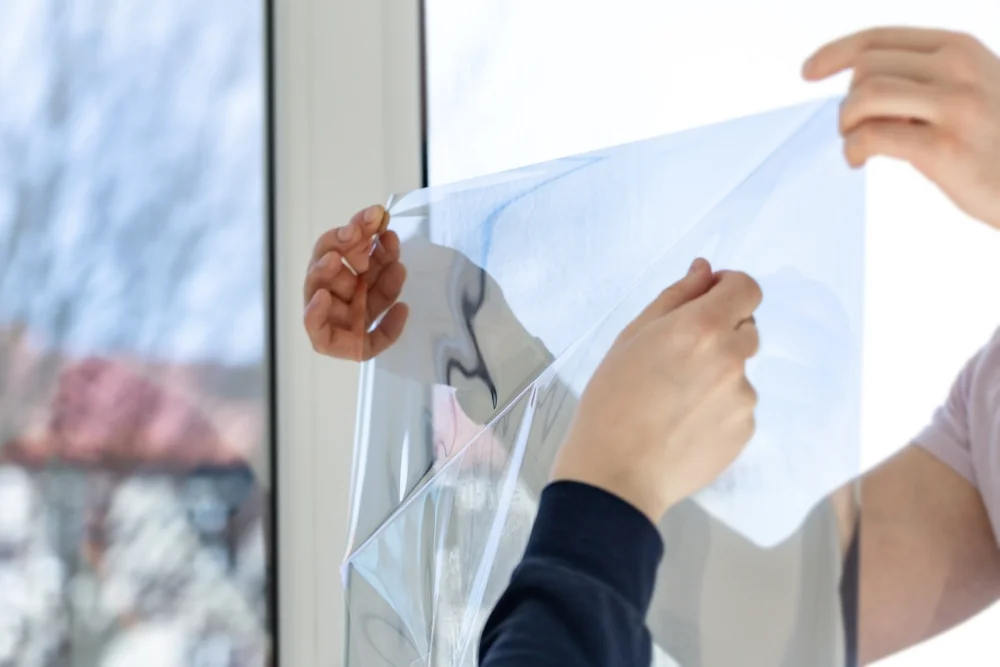
SERVICE AREA
All Of Canberra
.svg)
0431 262 273
How New Window Film Technologies Are Transforming Tinting
October 23, 2025
The industry of window tinting in Canberra has moved far beyond traditional films, embracing cutting-edge technologies that redefine energy efficiency and aesthetics. Our professionals at Prime Tinting know how innovation has reshaped what clients expect from their vehicles or homes and workplaces. The latest advancements don’t just reduce glare or enhance privacy but create smarter, more sustainable spaces that adapt to individual needs and environmental demands. With each breakthrough, the process of tinting becomes less about style and more about performance and environmental responsibility.
Modern window films now combine advanced materials with nanotechnology and digital control systems to deliver results that were once impossible. Whether for personal use or commercial spaces, the benefits are more noticeable than ever, from lower energy bills to improved comfort and UV (Ultraviolet) protection. These innovations have made tinting not just a convenience but an investment in efficiency and modern living.

Over the past few years, technological progress in window film design in Canbrrra has been nothing short of remarkable. Manufacturers have developed new materials that balance visibility and heat control with UV filtration in ways older films never could. These breakthroughs are changing how businesses and homeowners think about window upgrades. More people now see film technology as a way to make everyday environments more sustainable and efficient without compromising design or transparency.
The introduction of infrared and ceramic films has completely changed the performance expectations of modern tinting. These films use microscopic particles to block infrared radiation, reducing interior temperatures while maintaining excellent visibility. Unlike traditional dyed films, they don’t interfere with signals or fade easily, which makes them highly reliable and long-lasting.
Smart tinting solutions represent the next generation of adaptable window technology. These advanced systems allow users to adjust light and heat levels at the touch of a button, offering unmatched control over visibility and privacy. They also enhance energy efficiency by automatically reacting to light intensity throughout the day.
As environmental awareness grows, window film manufacturers are focusing heavily on sustainability. New production methods prioritise non-toxic adhesives and energy-efficient manufacturing practices. This shift aligns with global sustainability goals while ensuring performance standards remain high.

For many property owners and drivers, the decision to upgrade to advanced window films often depends on performance and cost aside from the long-term benefits. Modern films are more expensive upfront, but their ability to save energy and extend material lifespan often makes them cost-effective over time. The key is understanding how these films perform across different settings and how the investment aligns with specific needs. When viewed as a long-term asset rather than an expense, the advantages become much clearer.
Different environments demand different performance standards, and window films are now tailored for these varying requirements. Vehicles benefit from heat control and UV protection, while homes and offices prioritise energy efficiency and comfort. The adaptability of modern films ensures they perform consistently across these settings.
The initial cost of installing advanced window films may seem high, but the savings accumulate over time. From reduced electricity bills to less wear on interior furnishings, the long-term benefits make it a practical investment. Proper installation and maintenance further extend the film’s lifespan, increasing its overall value.
Investing in quality window films also means considering their upkeep and warranty coverage. Top manufacturers back their products with long-term guarantees, ensuring protection against bubbling and peeling or discolouration. Proper care ensures that these films perform optimally for years without losing their visual appeal.
The transformation in window film technology has made it an essential feature for anyone seeking efficiency and style. From infrared-blocking ceramics to smart dynamic tinting, the progress made in recent years has elevated the standard of what people can expect from a simple glass enhancement. Prime Tinting continues to lead the way by offering advanced solutions that combine durability and environmental responsibility.
Choosing the right film goes beyond appearance, as it’s about creating spaces that are sustainable and cost-efficient. The combination of science with design and practicality has made modern tinting a worthwhile investment for properties and vehicles alike. With the right expertise and products, the benefits will be felt in every season and every space.